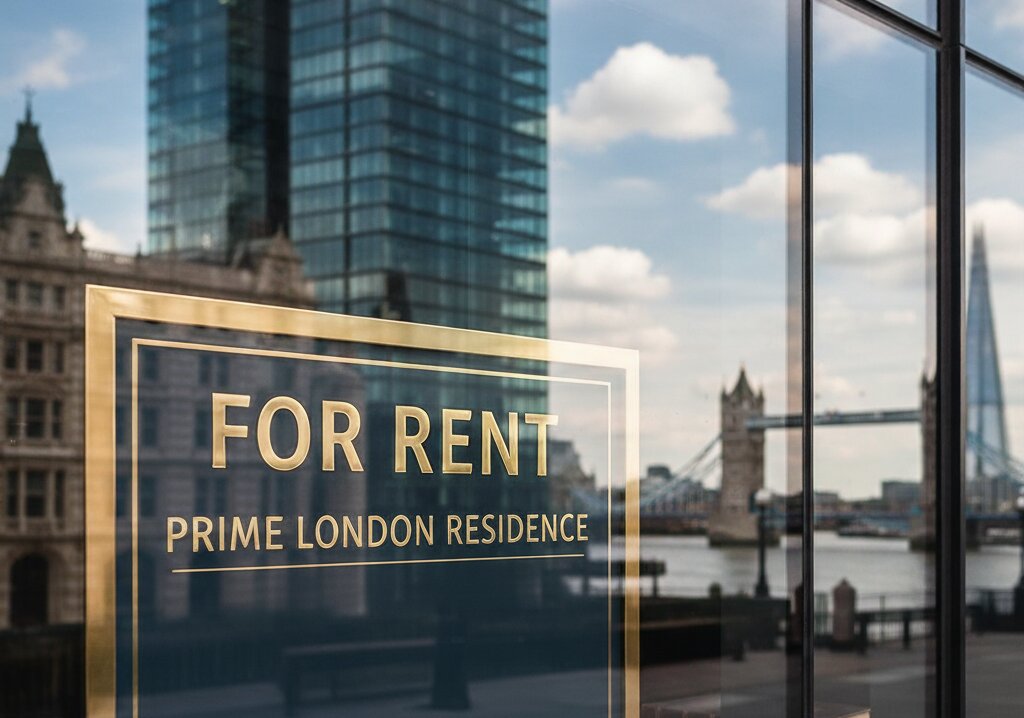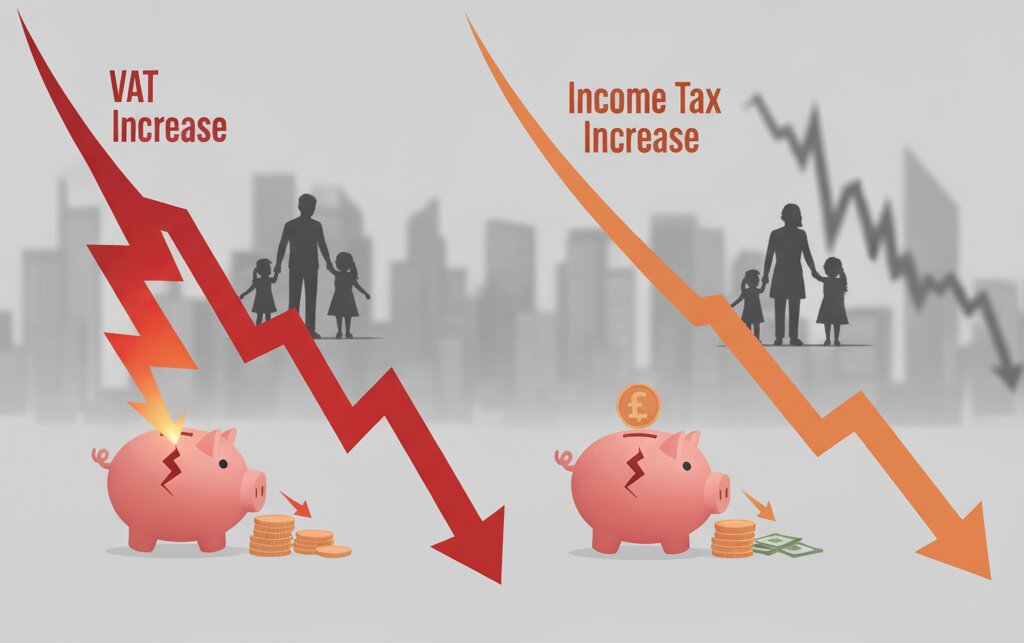Prime London’s rental market recorded its strongest growth of the year in the third quarter, with average rents for both re-lets and renewals rising sharply and tenancy lengths reaching record highs, according to new analysis from LCP Private Office.
Average agreed rents on re-lets increased by 5.1% in the three months to September – the steepest quarterly rise of 2025 so far – driven by strong seasonal demand, particularly from students returning to London.
Rents on renewals climbed by a further 5%, maintaining consistent upward pressure across the lettings sector as tenants opted to extend existing agreements rather than face limited supply and higher asking prices elsewhere.
The average tenancy length reached a new record of 36.9 months, reflecting a growing preference for long-term renting in prime locations. LCP said many tenants are choosing the flexibility of high-quality rental accommodation over homeownership in the current economic climate.
STRONG DEMAND
At the same time, average void periods between tenancies fell sharply to 10.8 days – down from earlier in the year – illustrating the strength of demand during the late summer and early autumn period when the student lettings market is at its most active.
Tenant profiles also shifted notably in Q3. EU nationals accounted for the largest share of new renters at 29%, while UK, US and Asia-Pacific tenants each made up 21% of new leases. Students represented 41% of all new tenants, up from just 12% in the previous quarter, while the proportion of renters working in the tech and professional services sectors declined.
RETURNING STOCK

Liam Monaghan, Managing Director at LCP Private Office, says: “Whilst the Prime London sales market remained subdued, Q3 was seasonally busy in the rental market, reflected in the highest rate of growth for both re-lets and renewals we have seen this year.
“The stock of available rental properties is also higher, with many frustrated sellers returning their properties to the rental market to ensure some form of income over the Autumn and Winter months.”
SUPPLY AND DEMAND IMBALANCE
But he adds: “Despite these increases, rental stock and lets agreed remain consistently below pre-pandemic levels, with lower supply continuing to limit activity, drive prices up and reduce availability.
“Rental values, however, are now 37.3% above their 2017-2019 (pre-pandemic) average, according to LonRes. With this imbalance between supply and demand, it is yet to be seen when the market will plateau.”
He adds that the forthcoming Renters’ Rights Bill – expected to receive Royal Assent later this month – could further reshape the lettings landscape by abolishing Section 21 “no-fault” evictions, with landlords and agents still assessing its likely impact on supply.










